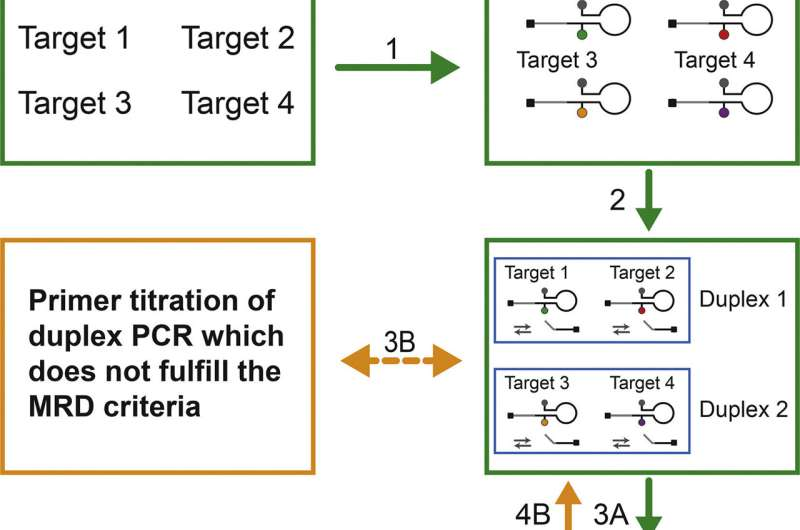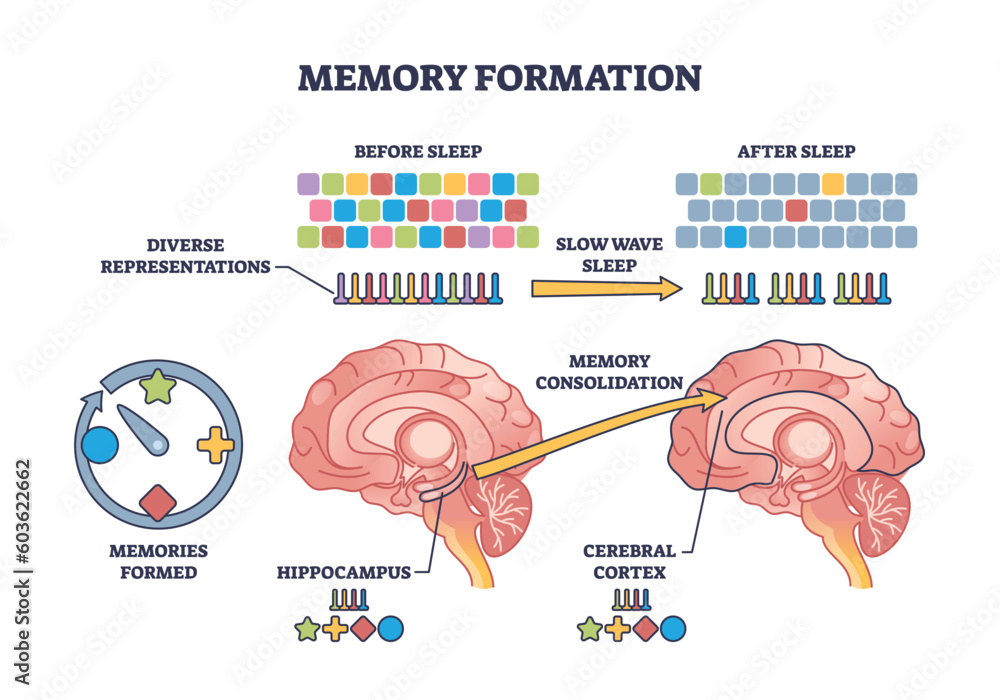Pediatric cancer relapse prediction is a groundbreaking advancement in the fight against childhood cancers, particularly brain tumors like gliomas. Recent studies indicate that utilizing artificial intelligence (AI) in pediatric oncology can significantly enhance the accuracy of these predictions compared to traditional methods. By harnessing advanced technologies such as temporal learning in imaging, researchers are now able to analyze multiple MR scans over time, thereby identifying subtle changes that signal potential relapse. This innovative approach not only offers improved glioma recurrence risk assessments but also promises to alleviate the stress typically associated with frequent imaging for young patients and their families. With the development of pediatric cancer AI tools, the future of personalized medicine looks promising, paving the way for better outcomes and tailored treatments.
The prediction of recurrence in pediatric cancers, especially brain tumors, is a critical area of investigation involving advanced methodologies. Terms like pediatric oncological relapse forecasting and childhood tumor recurrence assessment reflect the ongoing efforts to enhance survival rates and quality of life for affected children. In particular, the integration of AI technologies has demonstrated significant promise in generating precise forecasts about potential recurrences. Techniques such as longitudinal imaging analysis and predictive modeling provide a clearer understanding of patient risk profiles, which is essential for formulating successful treatment plans. As researchers explore the frontiers of pediatric cancer therapies, innovative tools designed for relapse risk monitoring are increasingly becoming integral to clinical practices.
The Advancements of AI in Pediatric Oncology
Artificial Intelligence (AI) has emerged as a transformative force in pediatric oncology, providing innovative approaches to diagnosing and managing cancer in children. Leveraging vast datasets and advanced algorithms, AI tools can analyze complex medical imaging with remarkable speed and accuracy. These advancements not only bolster traditional methods but also pave the way for personalized treatment plans tailored to individual patient needs. For example, the integration of AI into imaging processes helps in the early detection of anomalies, which is crucial for successful interventions in pediatric patients.
In the realm of pediatric cancer care, particularly for conditions like gliomas, the utilization of AI systems is proving to be a game-changer. Researchers are developing models capable of predicting various outcomes, including treatment responses and recurrence risks. The ability of AI to process multiple brain scans over time through techniques like temporal learning enables medical professionals to better guide their decisions regarding patient care. This data-driven methodology enhances the overall efficacy of treatment strategies and significantly improves quality of life for young patients battling cancer.
Frequently Asked Questions
How does AI improve pediatric cancer relapse prediction compared to traditional methods?
AI enhances pediatric cancer relapse prediction by analyzing multiple brain scans over time, employing a technique called temporal learning. This approach allows for a more accurate prediction of relapse risk in pediatric patients with gliomas than traditional single-scan methods, which typically have lower accuracy rates.
What role does temporal learning play in brain tumor relapse prediction?
Temporal learning plays a crucial role in brain tumor relapse prediction by training AI models to synthesize findings from multiple MRI scans collected over time post-treatment. This enables the models to detect subtle changes and improve the accuracy of predicting pediatric cancer recurrence, especially in gliomas.
Why is it important to develop better pediatric cancer AI tools for predicting relapse?
Developing better pediatric cancer AI tools for predicting relapse is important because many pediatric gliomas are treatable but have varying risks of recurrence. Improved prediction tools can reduce the frequency of stressful follow-up imaging for low-risk patients and guide timely intervention for high-risk patients, ultimately enhancing care.
What are the accuracy rates of the new AI models in pediatric cancer relapse prediction?
The new AI models utilizing temporal learning have demonstrated accuracy rates between 75% and 89% in predicting pediatric cancer relapse one year post-treatment. This is significantly higher than traditional single-image predictions, which typically show accuracy rates around 50%.
What types of brain tumors benefit from AI in pediatric oncology for relapse prediction?
AI in pediatric oncology primarily benefits patients with gliomas, a type of brain tumor. The technology’s ability to analyze historical MRI data through temporal learning enhances relapse prediction accuracy, providing critical insights for managing treatment in pediatric patients.
What is the significance of studying pediatric cancer recurrence risks using AI tools?
Studying pediatric cancer recurrence risks using AI tools is significant because it addresses a longstanding challenge in predicting relapse accurately. Better predictions can lead to more personalized treatment strategies that could improve outcomes and reduce unnecessary stress and procedures for young patients and their families.
How might AI informed relapse predictions change follow-up care for pediatric cancer patients?
AI informed relapse predictions may change follow-up care for pediatric cancer patients by allowing for tailored imaging schedules, reducing the frequency of MRIs for low-risk patients, and providing targeted therapies for those identified as high-risk, thereby optimizing the overall care process.
What are the next steps for implementing AI in pediatric cancer relapse prediction in clinical settings?
The next steps for implementing AI in pediatric cancer relapse prediction in clinical settings involve further validation studies to confirm accuracy across diverse populations, followed by the initiation of clinical trials to assess the impact of AI-informed predictions on patient care and treatment outcomes.
| Key Points | Details |
|---|---|
| AI Tool Performance | The AI tool predicts relapse risk in pediatric cancer patients with greater accuracy than traditional methods. |
| Study Background | Conducted by researchers from Mass General Brigham and affiliated institutions, focusing on pediatric gliomas. |
| Temporal Learning Technique | Utilizes multiple brain scans over time to identify subtle changes and predict recurrence. |
| Accuracy of Predictions | Achieved 75-89% accuracy in predicting recurrence compared to 50% with single image analysis. |
| Future Directions | Research aims to initiate clinical trials for better management strategies in pediatric cancer treatment. |
Summary
Pediatric cancer relapse prediction is significantly advanced through the introduction of an AI tool that provides more accurate assessments compared to traditional methods. This breakthrough in analyzing brain scans can revolutionize the follow-up care of children with gliomas by identifying those at greater risk of recurrence more effectively. Enhanced prediction accuracy not only aids in reducing unnecessary imaging for lower-risk patients but may also facilitate targeted therapies for those identified as high-risk. As research progresses, the goal is to implement these findings in clinical settings to improve outcomes for children facing the challenging battle against cancer.


